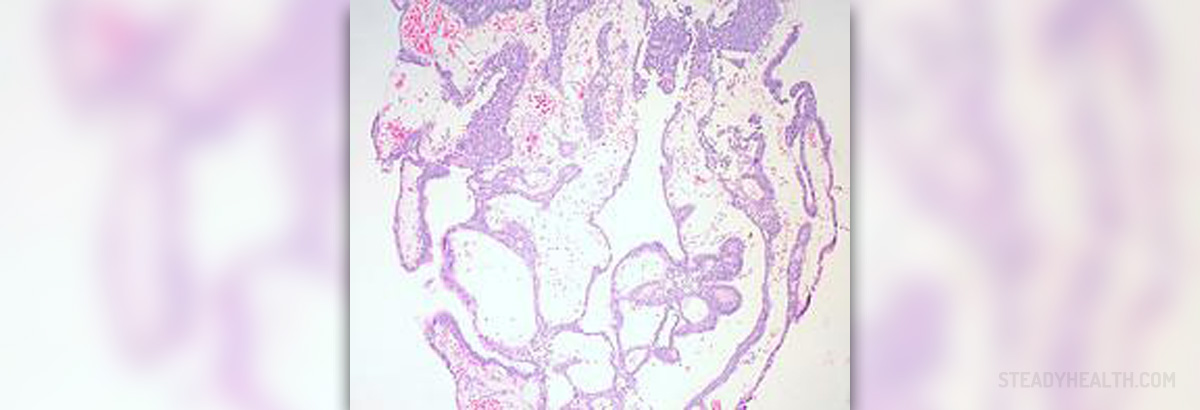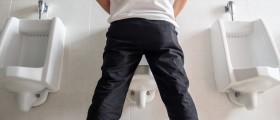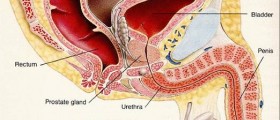
The urethra is a part of the urinary tract. Its role is to transfer urine from the bladder to the outside of the body. Urethral stricture is narrowing of the urethra which leads to problems with urination such as reduced flow of urine or even complete obstruction. The condition may affect any section of the urethra and develop due to several different causes. Causes of Urethral Stricture
In majority of cases urethral stricture develops as a consequence of some injury and associated damage to the urethra. Sometimes damage results from certain medical procedures such as insertion of an urinary catheter or radiation therapy for malignant tumors located in the pelvis. On the other hand, injury to the urethra can also be accidental.
Infections, especially recurrent infections of the urethra, are another possible cause of urethral strictures. Namely, inflammation of urethral tissue may cause scarring, and such scars prevent normal expanding of the organ during urination, hence the problems. Scarring of the urethra may also affect people suffering from certain sexually transmitted diseases, especially if these are not treated on time.
Apart from acquired urethral strictures, which are more common, sometimes people are born with urethral stricture and then we are talking about congenital urethral strictures.
And finally, any foreign object, kidney stone or even tumor inside the urethra may cause scarring of the organ and subsequent formation of strictures.
Clinical Characteristics of Urethral Stricture
Initially, when the urine can flow without any obstruction the condition remains asymptomatic. However, the moment the stricture becomes severe and starts interfering in urination this leads to certain symptoms and signs. Urine flow becomes reduced or completely blocked. There may be spraying of urine or a 'double stream'. Dribbling of urine after urination and symptoms and signs of urinary infections such as painful urination, burning sensation and frequent urge to urinate may occur as well.
Treatment for Urethral Stricture
The goal of the treatment is to deal with symptoms, improve flow of urine and prevent potential complications.
• Dilatation of Urethral Stricture
Dilatation of urethral stricture is a procedure during which a doctor inserts a thin plastic rod into the urethra. Because this can be quite painful patients are sedated and require either general or local anesthesia. Rods are of different diameter and gradual insertion of wider rod will eventually dilate the urethra. The goal of this treatment is to stretch and widen the narrowed part of the urethra. The procedure may need to be repeated in case of recurrence of problems.
• Urethrotomy
This procedure includes passing a thin telescope into the urethra and inspection of the inside of the organ. What follows is insertion of a tiny knife which cuts the stricture and widens the organ. Still, even in case of this procedure there is chance of recurrent narrowing so urethrotomy may need to be repeated.
• Surgical Correction
Surgery for urethral stricture is performed only if previous procedures fail to provide with desirable results. There are different techniques used in correction of urethral stricture and the surgeon opts for the most convenient one.

















Your thoughts on this
Loading...